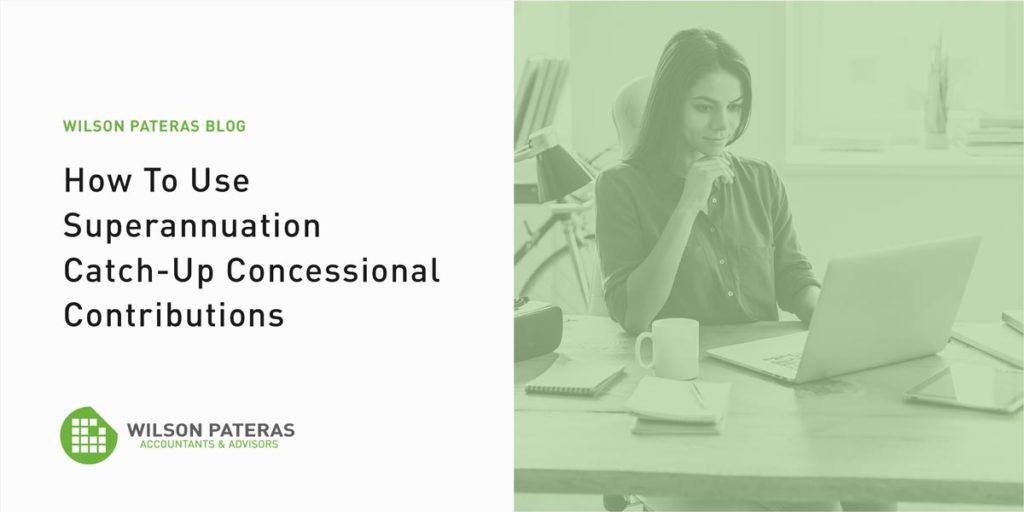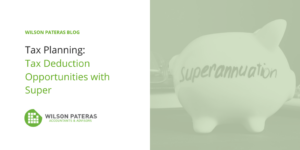
If your super balance is under $500,000, here’s how you can reduce your tax
Catch-up concessional contributions are a great way to boost your super and reduce your tax. It’s important to understand three things to make catch-up concessional contributions:
- what concessional contributions are,
- the concessional contributions cap,
- and the maximum amount of catch-up concessional contributions that you can make.
What are concessional contributions to super?
Concessional super contributions are any that are made from your pre-tax income. They are taxed at just 15%, which is lower than even the lowest marginal tax rate in Australia.
Examples of concessional contributions include:
- Personal contributions you claim as a tax deduction
- compulsory super payments made by your employer on your behalf (known as the superannuation guarantee contribution).
- salary sacrifice arrangements for your employer to pay an additional part of your pre-tax salary or wages into your super.
What is the concessional contributions cap?
The concessional contributions cap is the maximum amount of concessional contributions that you can make to your super in any single financial year. This amount is currently $25,000 per year.
If you make concessional contributions to your super greater than $25,000 in a single financial year, the excess amount will usually be taxed at your marginal rate less a 15% rebate on the tax already paid when your contribution entered your super fund.
However, you won’t be taxed at this higher rate if your contribution is a catch-up concessional contribution.
What is a catch-up concessional contribution to super?
A catch-up concessional contribution allows you to use any unused concessional contribution cap amount in a single financial year for up to five years in the future, provided that your total super balance was under $500,000 at the end of the previous financial year.
Provisions for catch-up concessional contributions were first introduced into superannuation legislation for the 2018/19 financial year. If you have any unused cap for that year, you can use it for the current 2020/21 financial year (or for any of the next three financial years after that instead if you wish). Doing this will both boost your super balance and lower the amount of tax you need to pay.
You’ll also be able to keep using any of your unused concessional contribution cap in future financial years for five subsequent years. Any unused cap will accumulate year-on-year. This is best explained using an example.
Example
Jane is 50 and wants to boost her super. She’d also like to pay less tax if she can. Her total superannuation balance is well below $500,000.
Her employer contributes $10,000 per year to her super as part of the super guarantee. Jane currently makes no other concessional contributions. This means she has $15,000 of unused concessional contribution cap each year.
Jane can choose to make a catch-up contribution of $40,000 for the 2019/20 financial year ($15,000 plus the normal $25,000 annual concessional contributions cap). If she doesn’t, the unused $15,000 amount can accumulate to future financial years for up to five years, along with any other unused concessional contribution cap amounts that she may also accumulate during that time.
Are you interested to find out more? Contact Wilson Pateras for superannuation advice.
This article contains general advice only. It does not take into account your or your family’s individual objectives, financial situation or needs. You should seek advice from a financial planner or other professional adviser before making any financial decision based on this information.





